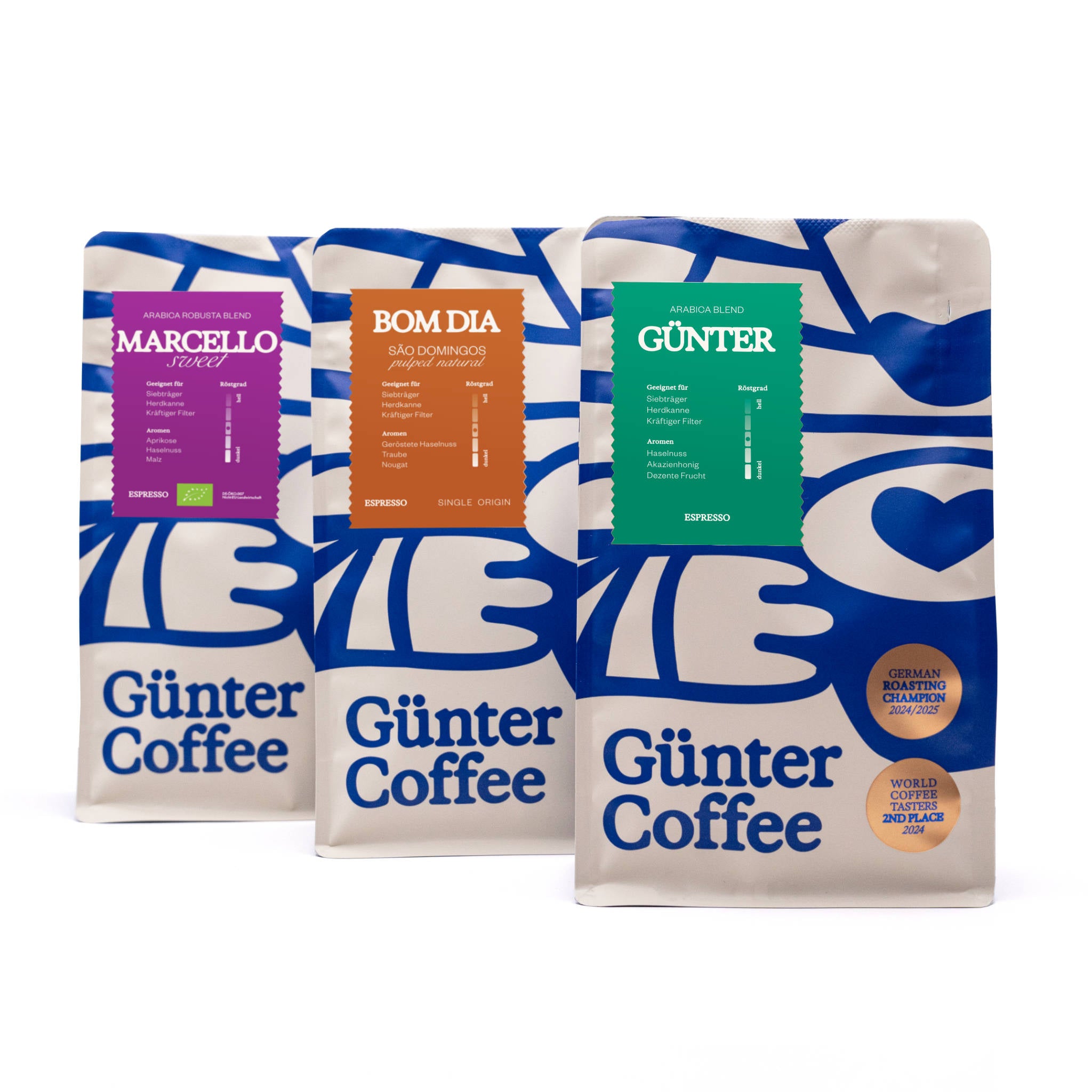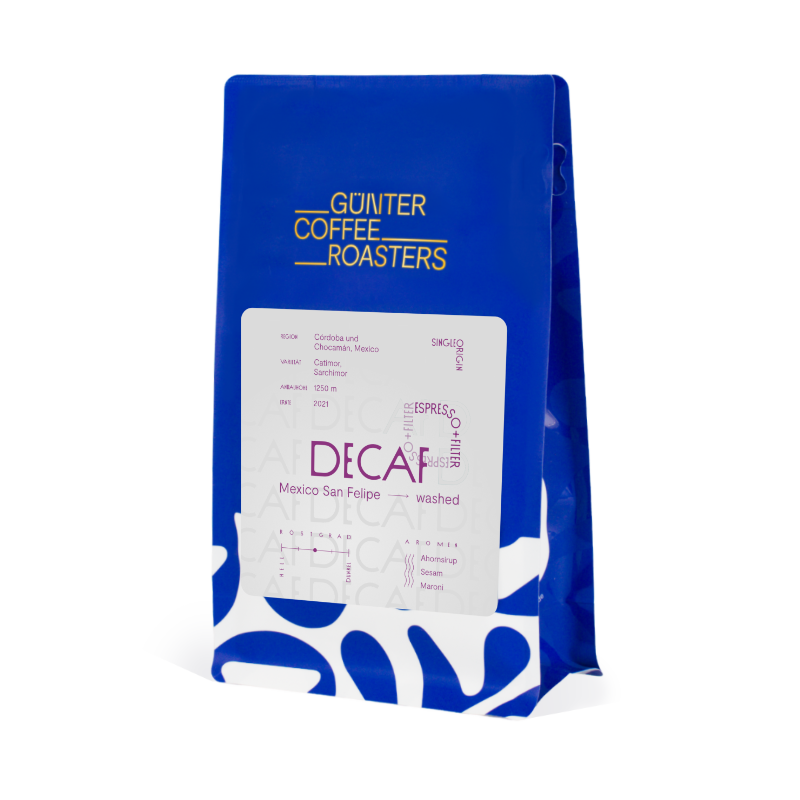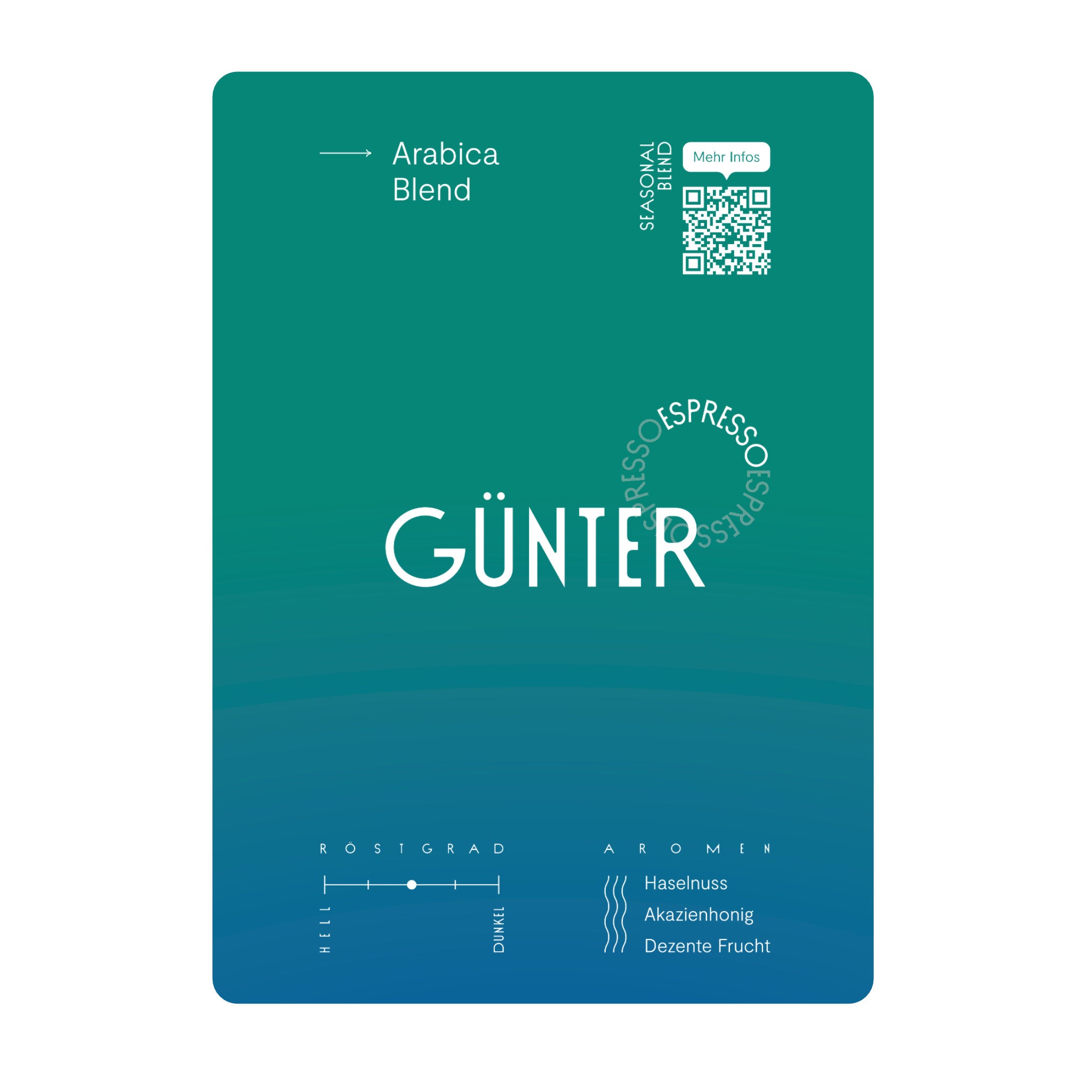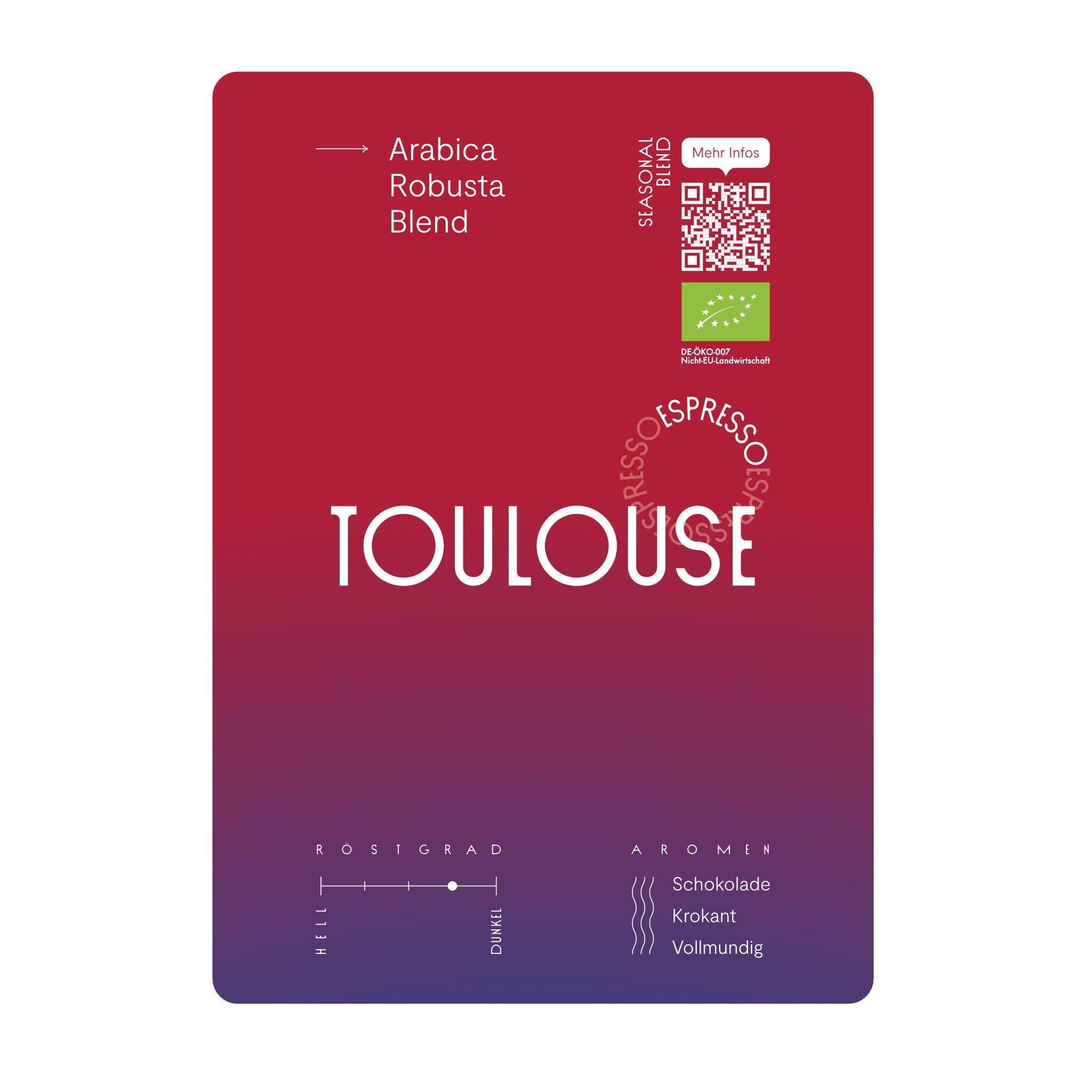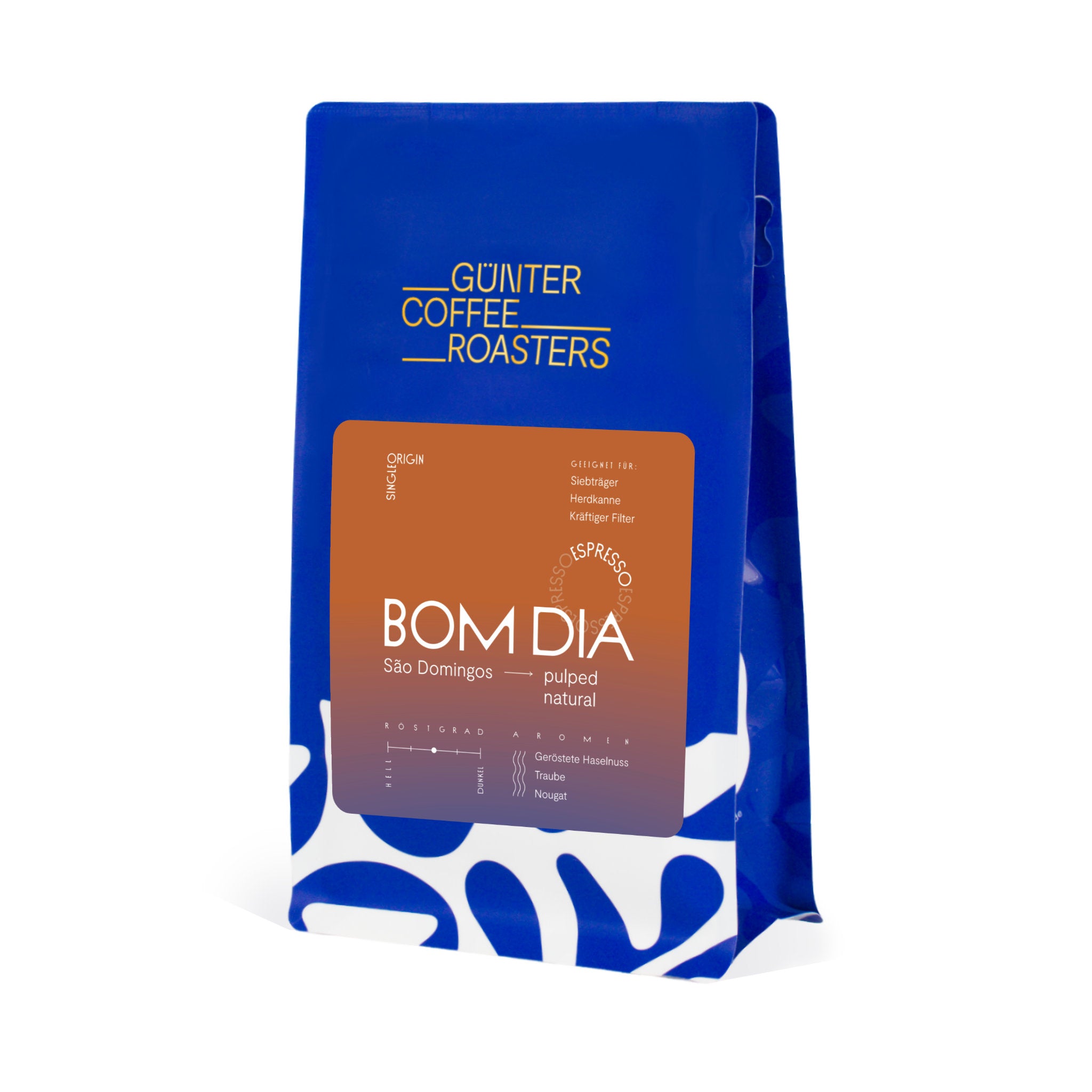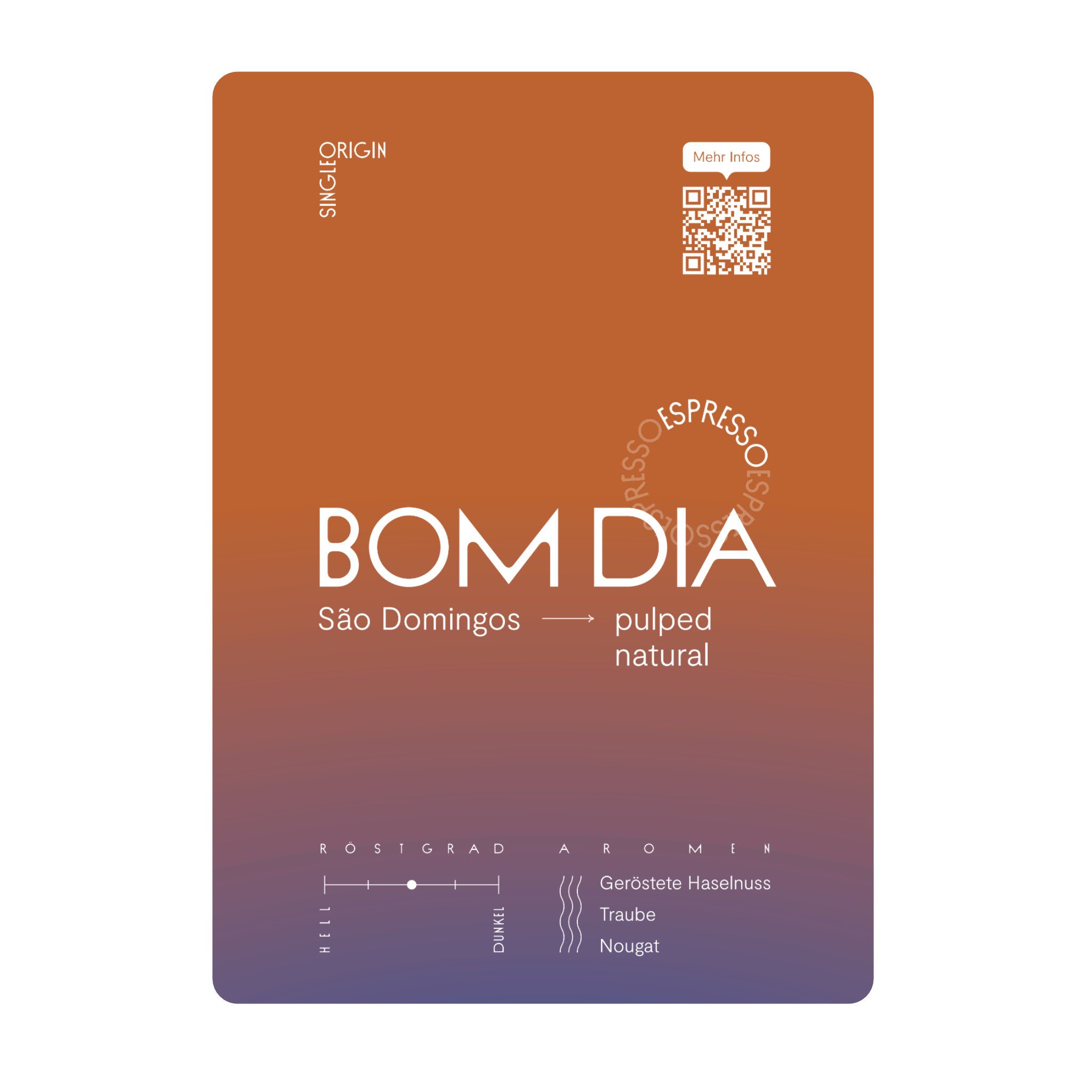Imagine getting a new bean, brewing your usual morning filter coffee, and tasting an incredibly clear note of strawberry, cinnamon, or even watermelon in your coffee for the first time. So intense that you ask yourself: "Does that really only come from the coffee bean?" This question is more prevalent than ever in the coffee world right now. Alongside the classic processing methods we described in our article on coffee processing, more and more experimental techniques are emerging.
Two terms that are causing a stir and sparking heated debate are "co-fermentation" and "infused coffee." They promise entirely new flavor profiles, but the question remains: How does it work? And why is it such a controversial topic? We'll explain.
Side note: What does fermentation mean in coffee?
Before we get to the new methods, let's briefly clarify what fermentation actually means in the context of coffee. After harvesting, the coffee beans are surrounded by pulp and, underneath, by a sticky mucilage layer. This layer is rich in sugar.
During fermentation, natural microorganisms like yeasts and bacteria break down this sugar. This step is crucial for the development of aromas in coffee. Whether washed, natural, or honey processed – fermentation always plays a role, sometimes more, sometimes less controlled. It significantly determines which aromas develop in a coffee after roasting and brewing.
What are co-fermentation and co-fermented coffee?
In co-fermentation, coffee producers take an unorthodox approach. Instead of fermenting the coffee cherries alone, they add other ingredients to the fermentation tank or barrel. The coffee cherries or the already pulped beans are thus fermented together with natural, aromatic ingredients. These can be fruits like strawberries, passion fruit, and oranges, but also spices like cinnamon sticks or herbs. Everything takes place in a controlled, often anaerobic, meaning oxygen-free, environment.
Even though it's always emphasized that the goal isn't simply to impose a flavor on the coffee, this would at least be one possibility. And it's also economically attractive: lower-quality beans, which tend to be rather bland in taste, can be made more appealing and thus sold at a higher price.
The added ingredients influence the microbial environment in the tank. During co-fermentation, the yeasts and bacteria metabolize not only the sugar from the coffee cherry, but also that of the added fruits or other naturally sugary ingredients. This creates entirely new and complex chemical compounds that are absorbed by the coffee bean. The result is a deeply integrated and often very multifaceted aroma that would not be possible without this process. It can be compared to brewing craft beer, where hops, fruits, or spices also influence the fermentation process and create unique flavors.
What is infused coffee?
The term "infused coffee" is often used synonymously, but describes a different approach. Here, a specific aroma is added to the coffee. "Infusion" is a broader term and can occur at various stages of coffee preparation. The methods are diverse:
- The coffee beans are soaked in flavored liquids or syrups.
- They are sprayed with essential oils or extracts.
- They are stored on beds of herbs or spices during the drying process.
- The raw coffee is stored in barrels that previously held rum, whiskey, or wine. This so-called barrel-aged coffee is therefore also a form of "infusion."
While co-fermentation is a biological process that naturally develops new aromas, infusion aims to transfer an existing aroma directly to the bean. This often results in a more direct, intense, and clearly recognizable flavor. However, there is a risk that the aroma will taste artificial and almost completely mask the coffee's own flavors. As is so often the case, though, the saying "The dose makes the poison" (Paracelsus' principle) applies here as well. Anyone who knows what to look for and understands their craft can create an infused coffee that tastes truly delicious.
Experimentation vs. Tradition: The Great Controversy
The experimental methods of co-fermentation and infusion are dividing the specialty coffee scene. The discussion is often emotionally charged and raises fundamental questions about authenticity and the value of coffee.
Coffee enthusiasts are often well-versed in the possibilities and limitations of coffee's flavor spectrum and can reliably identify co-fermented or flavored coffee. This doesn't mean, however, that all of them dislike these methods and the new flavors they offer in their favorite beverage. Nevertheless, there is a generally negative attitude within the coffee community towards these less purist processing methods. There is, however, a consensus that the methods should be communicated transparently, because if a skilled producer puts a great deal of effort into co-fermentation or infusion, it becomes more difficult for consumers and experts to recognize these methods.
At the same time, such a sophisticated approach would be extremely complex and involve significant time, financial, and technical resources. This raises the question of whether the purists' fears regarding the risk of these methods being used opaquely are actually justified. The potential economic damage due to reputational harm should any covert co-fermentations and infusions be discovered would also likely be a major deterrent for producers and roasters, especially in the specialty coffee scene.
Unique taste experiences, economic incentives, and controlled flavor profiles on the one hand stand in contrast to the arguments of traditionalists on the other. They fear a loss of so-called terroir—the influence of the variety, the growing region, and its climate on the flavor—a lack of transparency due to missing binding regulations, and unfair conditions in coffee competitions. Some competitions, such as the renowned "Best of Panama," where green coffee repeatedly fetches exorbitant prices, have already disqualified experimental processing methods.
Our conclusion: A question of realism, transparency, and taste.
Co-fermented and infused coffees are not just a fleeting trend – and that's a good thing. The coffee world is constantly evolving, with countless motivated individuals contributing their creative ideas and creating a dynamic that keeps coffee from becoming boring and attracts new coffee enthusiasts. Without this evolution, we wouldn't have high-quality specialty coffee, sophisticated processing methods, or light roasts that celebrate the fruity origins of our favorite bean. Instead, we'd have a very dark-roasted, homogenous mass, distinguished mainly by the packaging of individual manufacturers.
Of course, not everyone has to approve of or even celebrate every new idea, but trying to stifle them is counterproductive. Whether one sees it as an exciting development or as a distortion of the pure taste of coffee is often a personal matter. Even within our team, opinions are divided on this. One thing is certain: just because one exists, the other won't die out.
I think the crucial point is transparency. As long as coffee producers and traders openly communicate which methods were used, everyone has the freedom to decide what they want to try. A coffee labeled "Strawberry Co-Fermented" is a genuine invitation to discover something new. If the green coffee used in the co-fermentation is also of high quality itself – why not give it a try?
These coffees won't replace classic, single-origin specialty coffees, but they do expand the range of available taste experiences. So, if you have the chance to try one of these coffees – be curious! It's a wonderful opportunity to broaden your horizons. Afterward, you can always decide against further exploring the world of co-fermented and infused coffees.
We also have a co-fermented coffee in our range this year, Colombia La Sirena (2025), which is infused with cinnamon. Together with Holger from the Onsen distillery, we've also developed Bom Elena, an infused coffee aged for two weeks in a plum wood rum barrel. We sell this exclusively in our Günter Coffee Store.
